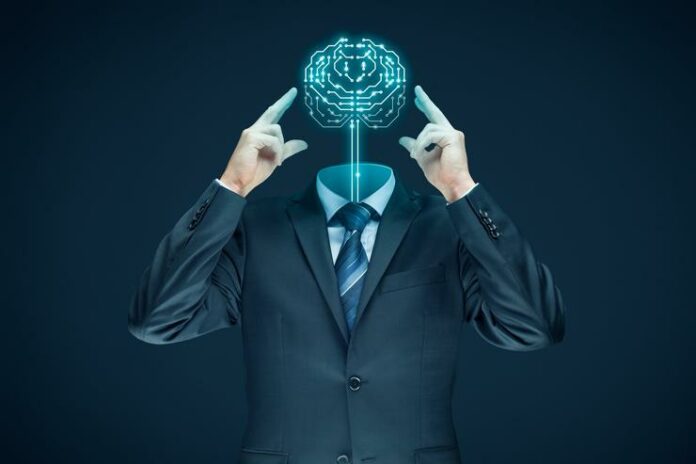The initiation was taken by NASA for developing an AI system in there GSFC (Goddard Space Flight Centre). In June 2020, the American space agency has announced that they are training their scientists with AI so that they can use it for getting information about space with the help of it. The program was leading by the European Space Agency (ESA) Rosalind Franklin “ExoMars” rover mission.
After obtaining the first results from NASA GSFC they came into understanding that by installing this AI system in the space probes which has the capabilities for identifying the geochemical signatures of life from rock samples. The most exciting feature of this system is it has the ability to choose between what to be considered for analysis and what data is to be transmitted to the Earth.
To overcome the limitation on how the information can be transmitted over a huge distance. This also helps to reduce time by comparing the existing one which doesn’t have this feature to identify which is to be sent back.
In addition to this as per the lead researcher, Victoria Da Poian from NASA’s GSFC calls this is the future step in space exploration. Near future with the help of AI computers are equipped with intelligent systems which will help us to prioritize the most interesting or time-critical information in the press release. This scientist is also an aerospace engineer at NASA Goddard.
The mission ExoMars also helps them to reduce the real-time decision which happens on-site. It consists of three phases in the AI system which are in the first phase AI system understands the data and translates this into a readable form. In the second phase, the translated data is then clustered into different groups: interesting data that require the scientist’s attention, not so interesting data, and data that is similar to something that the scientists have checked before. Lastly, the third phase which is currently in development would be a neural network that has the capability of suggesting the similar data that scientists have previously taken.
The results obtained show the use of this system for giving directions to the scientist. But even if the AI is implemented in the system even then also there is a need for a human intervention to interpret the findings but the filter will be done by the AI system. This is not the first time that AI is implemented in space research technologies.
As the German Aerospace Centre DLR and IBM launched the technology demonstration project CIMON (Crew Interactive Mobile Companion) is the first AI-powered robot in space. This is been developed with the help of 3D printing technology which is capable of searching for objects, inventory management, documenting experiments, videography, and photography.
Lastly, this study explores our solar system and space beyond, searching for the life beyond the Earth for analyzing the surfaces in the Mars and Moon as well as many more. Thus, AI will have a great impact in the near future.

